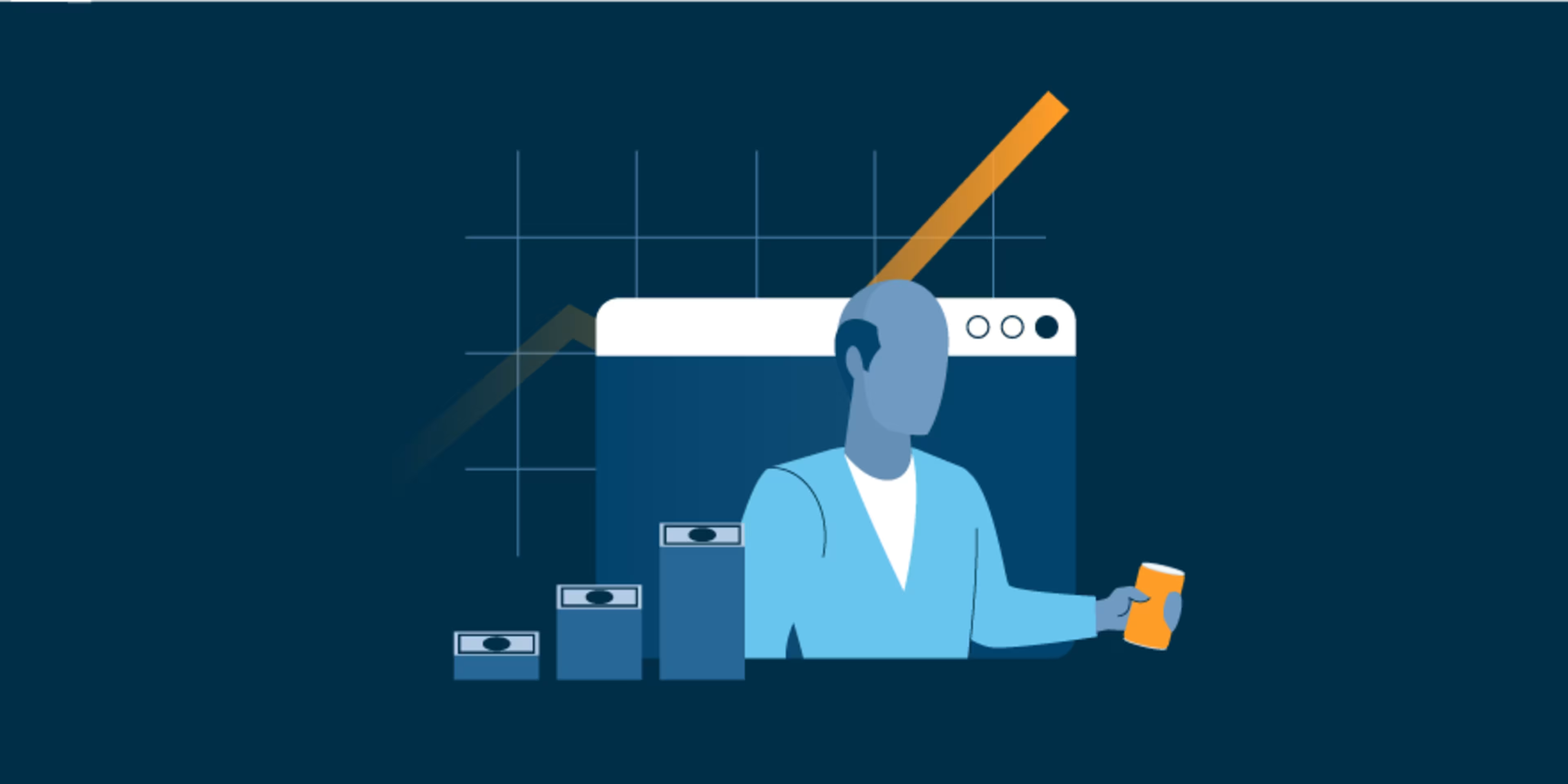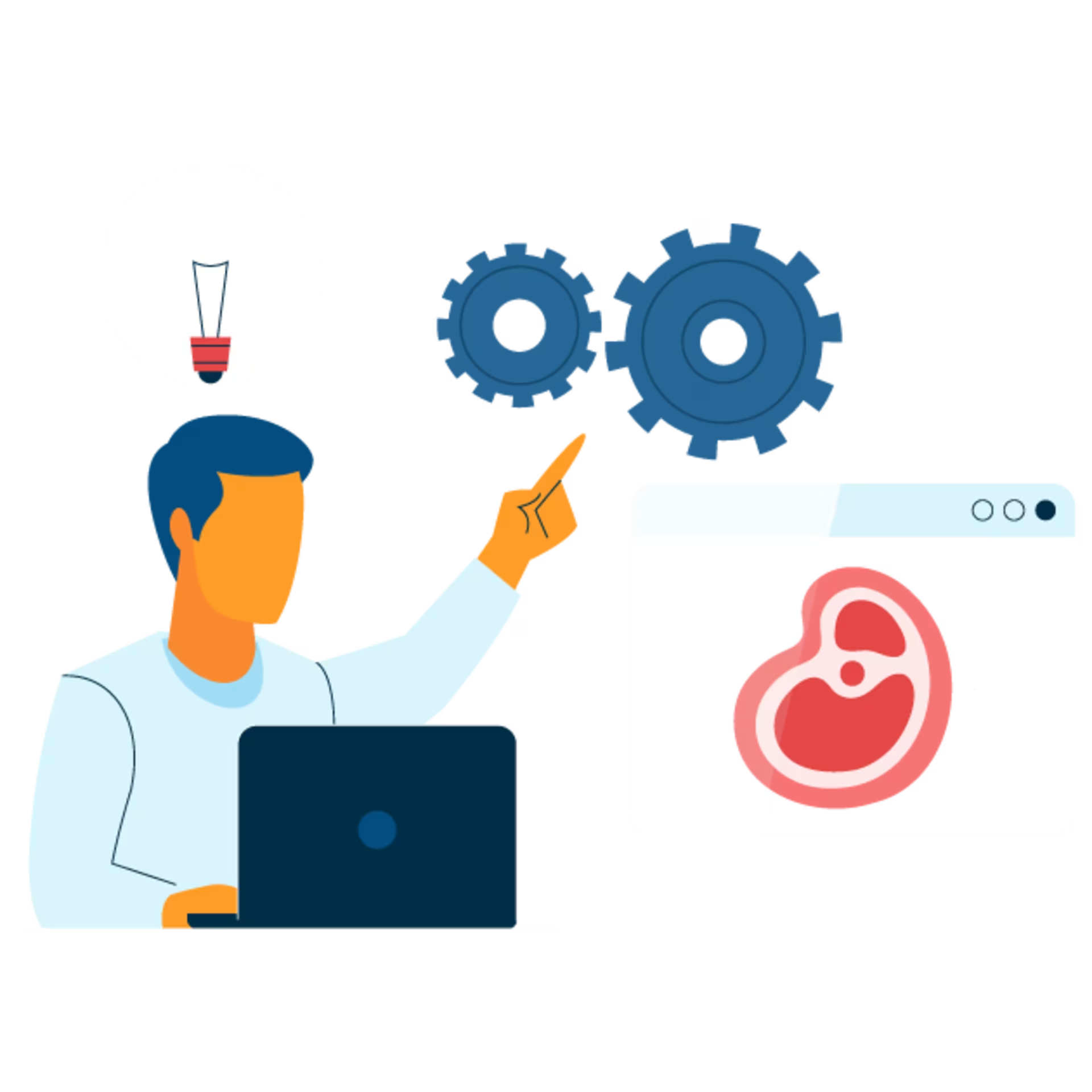Shotgun Seltzer hadn’t been open one year before the pandemic shut down its main sources of revenue. Small-business owners Brad and Lori Foster spent eight hours deciding what to do and acted quickly to completely flip their business model. They invested in people (and software) to get the job done.

Brad and Lori Foster were driving to Austin from a business meeting in Houston when they learned about the shutdown. Combined, they have more than 40 years of experience in their industry, but neither could have prepared for the challenges the pandemic would present.
“Never in our wildest dreams could we have imagined that all in one day, every restaurant, every bar would just shut down at the same time,” said Lori Foster, co-owner of Shotgun Seltzer, a spiked seltzer company.
Shotgun Seltzer is still a new company, making it particularly vulnerable to the economic downturn presented by the pandemic. Brad and Lori knew they had to make a decision quickly if they wanted it to survive.
When they got back to their office, they sat down for eight hours to weigh their options. They considered the business plans they made at the beginning of the year and decided to change everything.
“We [thought] instead of backing down, let’s double down,” said Brad. “And we doubled down on people.”
They took advantage of their agility as a small, new company to invest in people and used software to help them grow while their competitors were scaling back.
In the face of crisis, re-focus on what matters most to your business
When Shotgun Seltzer launched in July 2019, it was the first Texas craft spiked seltzer on draft and relied heavily on on-premise sales to restaurants and bars. Brad and Lori began the process of packaging Shotgun Seltzer to sell to grocery and convenience stores at the end of October 2019, but were still obtaining distribution rights to do this at scale when the shutdown began.
“When the pandemic hit, we’d only been in some grocery stores for a couple of months,” Lori Foster said. “And then even from that business changed again because everything went online.”
Brad and Lori had to figure out how to scale distribution of Shotgun Seltzer’s packaged product, completely flipping their business strategy.
“Seventy percent (70%) of our business would have been draft, 30% packaged,” Brad Foster said. “Today, it’s 99% packaged because there’s not a lot of draft business out there. We’ve had to do a complete shift in strategy altogether.”
Brad and Lori had to figure out how to get grocery and convenience stores to sell their product without meeting with managers and offering samples.
“For us to be able to get into these retailers, it was persistence and it was all electronic,” Brad Foster said.
They used software persistently to connect with people virtually and saved their business along the way. Learn how they navigated the new realities imposed by crisis, used software to facilitate new processes, and how you can apply lessons from their agile approach at your own business.
3 ways software can facilitate agile business planning
1. Hire talent from afar
In grocery stories, Shotgun Seltzer is competing against large, national spiked seltzer brands. They knew they couldn’t compete with the marketing budgets of those brands. So, they decided to double down by reallocating their marketing budgets to hire more people.
We were competing against mega brands like Truly and White Claw—they’ve got a ton of space and the marketing budget for those brands are tens of millions of dollars. We don’t have that, but we did have people.
Brad Foster
co-owner of Shotgun Seltzer
At the time, the service industry was taking a hit from the pandemic, furloughing and letting go of employees. Shotgun Seltzer, however, was expanding its team of sales reps, recruiting people virtually.
To facilitate the virtual hiring process, Brad and Lori relied on technology such as phone calls and Zoom to connect with potential hires. Because they used video conferencing software to simulate in-person interactions, they were able to recruit some great employees.
“We were able to get some really quality people—people who understand the business, who understand alcohol, and who understand consumers,” Brad Foster said.
What you can do: It can be difficult to hire new team members without getting to meet them. Software can help ease your virtual hiring process.
Job board software can help you advertise open positions internally and externally.
Pre-employment testing software can give your HR team the ability to quickly evaluate candidates and measure their qualifications.
Applicant tracking software can help you manage the hiring process and applicant information.
2. Proactively manage your business without face-to-face interaction
Brad and Lori had to change the way they used software to manage their growing team and relationships with distributors.
Before the pandemic started, Brad and Lori were testing LilYPad to help manage employee tasks. The crisis pushed them to invest fully in the platform. Shotgun Seltzer’s salespeople use software to help them track weekly goals and hours. The app also allows sales representatives to track their performance, and their counterparts’ performance.
Instead of the old school way of having someone clock in and check in at an office, we know exactly when these folks start their day. And then we know exactly when they end their day.
Brad Foster
co-owner of Shotgun Seltzer
Brad and Lori also use VIP—inventory tracking software—to make sure distributors have enough of their product. They used VIP pre-pandemic, but have been using it even more now that warehouses have restricted access to only essential employees. With VIP, they know exactly how much product each distributor has, where it was delivered, and when.
What you can do: Managing remote teams can be tricky, especially if they’re in different time zones. Software can help with this by tracking employee goals and progress. For example, time tracking software can make it easier for you to see when employees clock in and out. Employee monitoring software can help you track how your employees spend their time and use corporate resources.
3. Get creative with your marketing to get the most bang for your buck
Once Shotgun Seltzer was positioned in grocery and convenience stores, it had to convince consumers to buy its product and experimented with different marketing techniques.
At the very beginning of the pandemic, Shotgun Seltzer hosted pop-up events, where people would order online ahead of time and pick up their drinks at the office. The company used Square to manage online orders.
Brad and Lori said that these pop-up events only lasted a few weekends. Although the events didn’t work the way they expected them to, Brad and Lori think that maybe now consumers feel more comfortable ordering food and drinks online.
“We did that [pop-ups] early on. Brad Foster said. “I think people are more comfortable purchasing from a restaurant off their phone now than they were 2 ½ - 3 months ago.” -Brad Foster
Most recently, they started partnering with local radio stations in Austin to host virtual happy hours. The event is advertised on the radio station and the station’s social media platforms two weeks before the event. The actual event is then live streamed from Instagram or Facebook.
The rate of engagement we’ve had with radio has been extremely positive. The dollars we spend on that area seem to have a better return than the dollars we would spend on normal advertising.
Brad Foster
co-owner of Shotgun Seltzer
What you can do: To survive, many businesses adjusted their corporate strategy and reallocated marketing budgets to other areas when the pandemic started. If you’re looking to build up your marketing program again and want to invest in software, learn how to build a winning marketing tech stack that includes software for:
Software can make you more agile
In the face of crisis, agile business planning can help you adapt to new changes. Software can help you manage new processes and facilitate new ways to communicate.
Whether you’re looking to upgrade or replace existing software or invest in a completely new tool, remember: you’ve got this, and we’ve got you.
Learn how your peers are overcoming adversity
Find out how others in the Capterra community are using technology to overcome challenges and learn from one another. We’re in this together.
